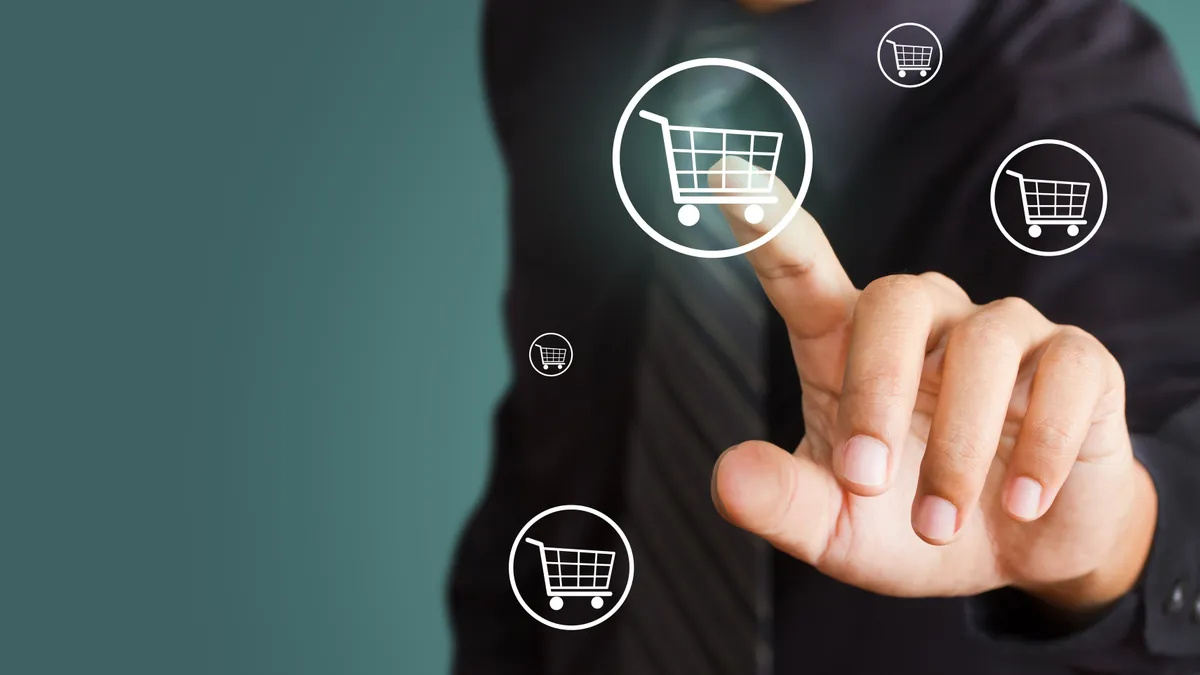Today, cross-border e-commerce is worth roughly $300BN, with compound annual growth of 27% year over year until 2020. In fact 57% of e-commerce consumers have made a cross-border purchase in the last six months. Yet, the majority of e-commerce sites are not designed to fully adapt to the global shopper - and it's hurting sales.
There are many ways that an e-commerce business can set themselves apart in this global game and capture more sales from global shoppers. Let’s start with a few steps:
Stay Calm and Get Local (Payment Types)
Regardless of how simple or frictionless your checkout might be, you may be turning off customers for one simple reason: lack of local payment types. 59% of shoppers will not make a purchase if their preferred payment method is not offered.
To be specific, just offering credit cards will set your e-commerce business back. Offering Amex, Visa, MasterCard, etc., is really only one payment type. According to the Checkout Conversion Index, an in-depth study of 650 retailers and their checkout friction, e-commerce retailers with the least friction offered, on average, 6.8 global payment types (versus 4 or less for under-performers).
So if not credit cards, then what? Start with an easy one: PayPal. 97% of high converting sites accept PayPal, whereas only 40% of the lowest converting sites do. PayPal has 173 million customers worldwide, and is a widely accepted alternative payment method.
Don’t forget about local currency either. Have you ever purchased something without knowing the price? Maybe you have, but probably not often. That is what you are asking your customers to do by not presenting the price of your goods and services in their local currency. If you are not displaying local currency, you are causing friction in the checkout process and are likely losing sales.
Pro-tip: Your site should recognize the shopper’s location automatically and display local currency and payment types. This localization can increase your payment conversions up to 10%.
You made the checkout local, keep the payments local
As you get serious about selling globally, don’t partner with just one bank. Processing your transactions with banks in the same regions as your shoppers has a higher likelihood for success. Keeping processing local can increase conversions as much as 17%.
There is a hidden complexity here too! It is not just a question of where you shopper is sitting when they hit the buy button. What matters is the location of the bank that issued them their credit card. Let’s walk through an example:
You sell the hottest fashions – shipping to shoppers in the US, Canada and the UK. You have high-end customers, with high-end needs. Sylvie, who is from London but has moved to New York City for a 12 month consulting gig, has found the perfect outfit for New Year’s (for $899 USD). She grabs her UK-issued credit card and sets up to ship to her midtown Manhattan apartment.

If your payment gateway is trying to authorize this transaction via a US acquirer, this is where it can go off the rails. Sylvie’s UK bank is going to see a foreign transaction request, with a request for authorization in USD. With all the recent concerns over e-commerce Fraud, this is likely to trigger her bank’s fraud rules. This kind of transaction may be rejected as much as 50% of the time. Not only will Sylvie not get her outfit – you are losing a potentially valuable customer, now and likely in the future.
If at first you don’t succeed...
Make sure you have the ability to fail over your transactions. By connecting to multiple banks, your gateway should be able to failover and retry transactions to a second bank automatically so that you have a better chance for success. This simple capability can increase your conversions up to 3% and every little bit helps.

This capability becomes even more critical if you are storing credit cards on file for future transactions or subscription payments. As credit cards are re-issued at a rate of 1 in 4 per year – ensuring you have a mechanism to routinely check and update those stored cards can drive up your payment success by another 10%.
Stop Checkout Abandonment now…and start converting
So what’s the last step? If you want to see how your e-commerce site stacks up to your competitors, be sure to take the Checkout Conversion Calculator – it can show you why you may be losing up to 42% of sales because of checkout abandonment (including not offering local payment types!).










